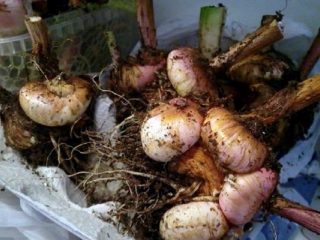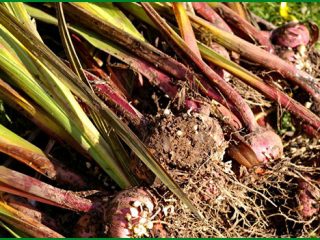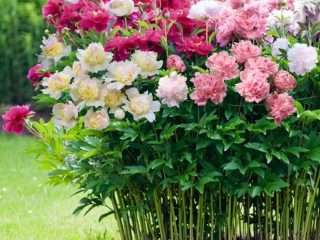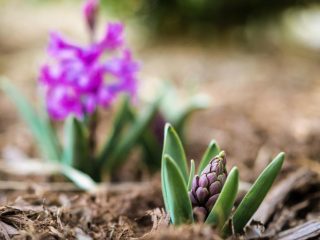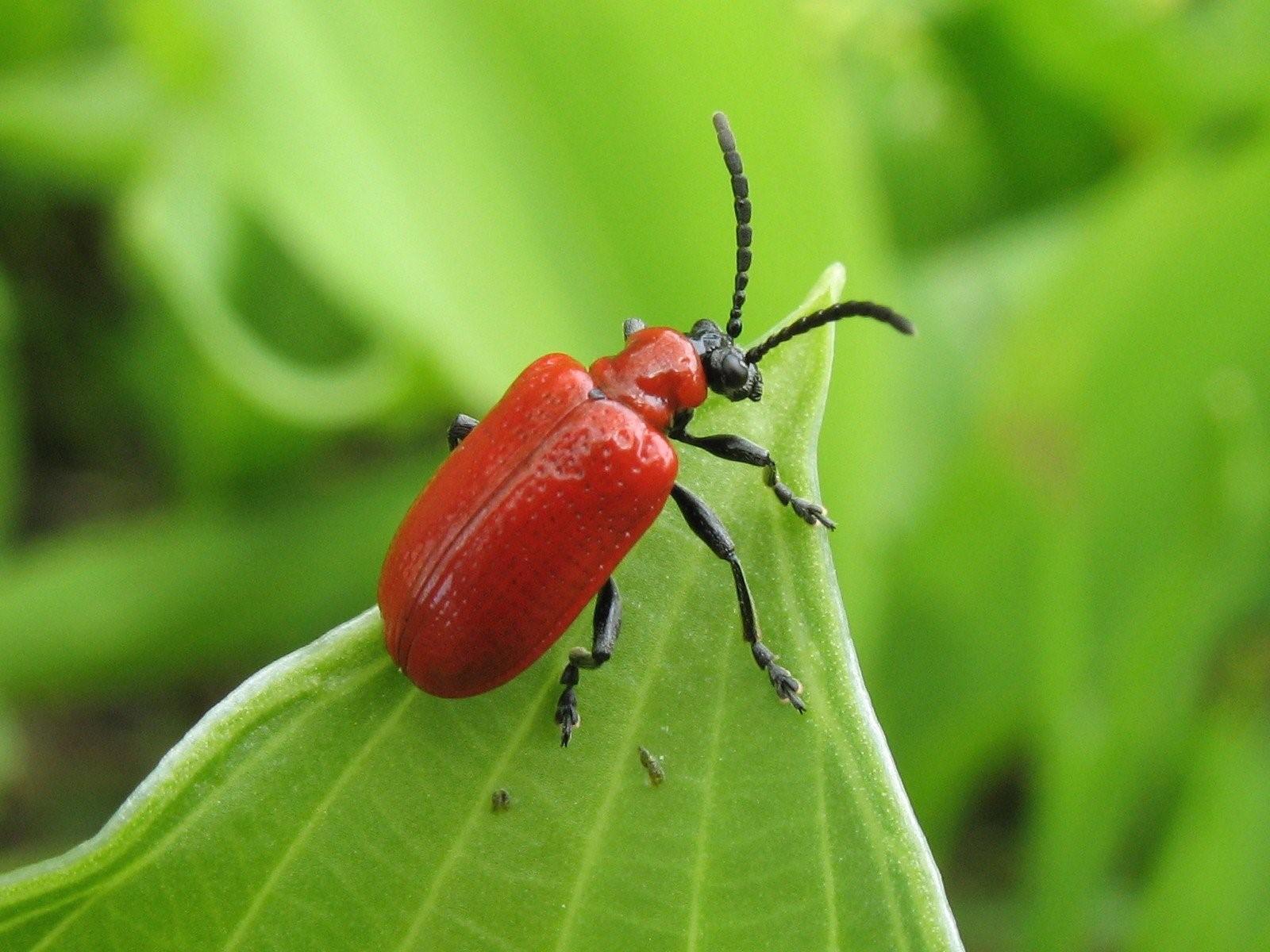Content
Common goldenrod is a perennial plant that produces relatively tall grass up to 1.5-2 m. It is distinguished by numerous yellow flowers, which are combined into inflorescences. Can be used both for garden decoration and for medical purposes. The basic rules for planting and caring for this crop are described in the presented article.
Description of goldenrod
Common goldenrod, also called goldenrod, is a perennial plant in the Asteraceae family. Its name means “healthy” or “strong” in Latin. The reason is related to the medicinal properties of the culture. Its leaves and stems are used as a diuretic, choleretic, analgesic, antifungal and tonic.
The rhizome of common goldenrod is short, but very strong, woody in structure, and shaped like a rod. The stems of the grass are erect; as a rule, they do not branch. They reach a height of 30 cm to 1.5-2 m and are often reddish in color.
The photo and description of the bush shows that the leaves of the common goldenrod are quite large. They are arranged alternately and have an elliptical or ovoid shape. A plate with a pointed tip, serrated edges. The leaves growing at the very base are larger than the upper ones. Moreover, they taper into a winged petiole. The foliage in the middle and on the upper part of the stem is small, narrow in shape, and sessile.
The description of the medicinal plant goldenrod says that its flowering begins in May, peaks in June, and ends in July. In many regions, in warm autumn conditions, a second wave is possible, but the number of buds is decreasing.
The flowers of the common goldenrod are yellow in color, grow on the apical shoots, and are united in inflorescences of the basket. They have a small diameter - only 1-1.5 cm, but are quite numerous, so they look attractive. The wrapper is bell-shaped, consists of 4-6 rows, and is only 6-8 mm long. The leaves of the involucre are entire at the edges and have sharp tips. The color of the middle flowers in baskets has a brownish tint.
A characteristic feature is the gradual formation of flowers of common goldenrod. First, the marginal pistillate inflorescences open. Then, after 4-7 days, outer flowers are formed, which grow close to the reed ones. Pollen from them falls on the stigmas of the latter, due to which pollination and seed formation occur.

Common goldenrod produces small, numerous yellow flowers
Between the end of June and until the first half of October, fruits begin to appear. These are small achenes of a ribbed cylindrical shape, the length of which is only 3-4 mm. They are pubescent over the entire surface and have a brownish crest 5 mm long.
Attention! A layer of pubescence is noticeable on all parts of the common goldenrod, thanks to which the plant adapts well to adverse weather conditions and harsh winters. Therefore, the crop can be grown in all regions of Russia.
Where does it grow
Goldenrod grass, as can be seen in the photo and in the description, is most often found in meadows, forest edges, and light forest areas with good lighting. It can be found in clearings, clearings, near bushes, along roads and ravines. Grows well in loose sandy soils.
The range of the common goldenrod is quite extensive and includes several regions:
- European part of Russia (except for the subpolar and polar regions);
- Caucasus;
- Western Siberia;
- Türkiye;
- Europe - everywhere, including Scandinavia;
- Türkiye;
- Mediterranean region.
In Eastern Siberia and the Far East, goldenrod is less common. Here it is replaced by closely related species – goldenrod and daurian. They also have healing properties, which is why they are used in folk medicine.
Types and varieties of goldenrod
In nature, there are several species belonging to the genus goldenrod. Based on some of them, breeders have obtained beautiful varieties that can be used to decorate the garden and for medicinal purposes. The most popular varieties of common goldenrod with names, descriptions and photos are presented below:
- Shorty (Solidago shortii) produces a very tall shrub up to 1.6-2 m high. It grows on moist soil, but also tolerates drought quite well. It does not produce basal leaves; the inflorescences are represented by drooping racemes of great length - up to 50-60 cm.
- Dahurian goldenrod (Solidago dahurica) is a low-growing species, found naturally in Western and Eastern Siberia. The flowers are pure yellow, few in number.
- Canadian goldenrod (Solidago canadensis) is another tall species, reaching a height of 2 m. The inflorescences are pyramidal, paniculate, quite large, up to 40 cm long.
- Goldenrod (Solidago altissima) produces powerful shrubs 1.6-1.8 m high. The leaf blades are simple, lanceolate, with jagged edges. Inflorescences are paniculate, up to 35 cm long.
- Hybrid goldenrod (Solidago x hybrida) is a group that unites several artificially bred varieties. Height is from 0.2 to 1.5 m. The flowers are rich yellow, some have a golden hue.
How to plant goldenrod
When planting common goldenrod, you should take into account that its seeds do not always germinate. In some species, the grass spreads by self-seeding, while in others the grains do not have time to ripen. Therefore, it is better to purchase ready-made seedlings and plant them in the ground in the first half of May. You can grow seedlings yourself by sowing the seeds in early March in mini-greenhouses (boxes with fertile soil, covered with glass or film).
You can choose almost any place to grow common goldenrod, since the culture takes root normally both in the sun and in the shade. There are no special requirements for the soil. The grass takes root in both sandy and clayey moist soils. The only condition is that the flowerbed should not be in a lowland, since puddles often form here, which can damage the root system.
When planting seedlings in open ground, proceed as follows:
- Dig up the area and mark several shallow holes at intervals of at least 40 cm. This will be a dense planting.Each square meter can accommodate from two to five bushes.
- Plant a seedling in each hole and cover it with fertile soil.
- Tamp down a little, leaving the root collar flush with the surface.
- Pour over warm, settled water.
Goldenrod care
Organizing the cultivation of common goldenrod is not difficult, since the plant does not require care. Rare watering and fertilizing are allowed. But there is one peculiarity - if the variety produces tall bushes, they must be tied to a support, and pruning must also be carried out.
Watering
Common goldenrod is drought tolerant, so it can be watered occasionally but deeply. The soil should not be allowed to dry out completely, or become too waterlogged. At the same time, it is important to monitor the watering rate, since otherwise the likelihood of powdery mildew and other fungal infections increases.
Fertilizer
You can fertilize common goldenrod only 2 times a season. Nitrogen fertilizers are applied in the second half of April, and potassium and phosphorus fertilizers are applied at the end of summer. You can also use complex formulations, for example, azophoska, Agricola, Kemira. In the spring, it is recommended to sprinkle the soil with wood ash, but this should only be done once a year.

You can feed common goldenrod twice a season.
Garter and transplant
One of the important points when caring for common goldenrod is tying it to a support. The shoots of some varieties are tall and at the same time thin, so with a strong gust of summer they can lie down on the ground. For prevention, it is recommended to install supports and tie bushes to them.
The grass grows very quickly, so every 3-4 years it is recommended to replant goldenrod to a new place.At the beginning of April, the bushes are dug up and divided into several parts, thus thinning out the plantings. Mature plants should not be touched, as they produce a strong root system that goes deep into the ground.
Trimming
On the eve of the first frost in late October or early November, it is necessary to prune all the bushes of common goldenrod, leaving a small shoot no more than 15 cm high. No special preparation for winter is required - just sprinkle the flowerbed with leaf litter or lay a small layer of straw. In this case, pruning may not be necessary, but complete removal of shoots helps the plant bloom luxuriantly and decorate the garden.
How does goldenrod reproduce?
Goldenrod can be propagated in several ways. The main option is growing seedlings. To do this, at the beginning of March, the seeds are sown in common boxes, covered with film and watered regularly. After germination, the shelter is finally removed, and with the appearance of several leaves, they are dived into separate containers. Then they are fed with fertilizer for seedlings, and already in early May they are transferred to open ground.
You can also propagate common goldenrod using vegetative methods:
- Dividing the bush in early spring allows you to get several new plants, as well as thin out the plantings.
- Cuttings - at the end of May, green cuttings are cut, rooted in fertile soil, and covered with a transparent jar. Water regularly, and in the fall they are transplanted to a permanent place and mulched for the winter.
Diseases and pests
With proper care, goldenrod rarely suffers from disease. But if you systematically violate the watering norm, a whitish coating may appear - the main sign of powdery mildew. For prevention, it is recommended not to overuse watering and to thin out the plantings.If the first symptoms appear, you should treat with a fungicide:
- "Bordeaux mixture";
- "Abiga Peak";
- "HOM";
- "Maksim".
Occasionally, goldenrod bushes can be infested by caterpillars and small lace bugs. To get rid of pests, you need to spray the plants with insecticide solutions:
- "Fitoverm";
- "Ephoria";
- "Karate";
- "Fufanon."
Application in landscape design
Common goldenrod is characterized by lush flowering, so it is often used to create a hedge and zoning a garden. Looks beautiful in single plantings against the background of a lawn, on the shore of a country pond, along paths. Below are several options for using common goldenrod in landscape design:
- Single (solitary) planting.
- Against the backdrop of rocky ground.
- Planting next to the fence.
- Composition with flowers.
- Landing next to the path.
Conclusion
Common goldenrod is one of the best plants in terms of decorativeness and unpretentiousness. This is a beautiful shrub that looks appropriate both in single plantings and in compositions. Caring for the crop is simple, so even a novice gardener can cope with cultivation.










